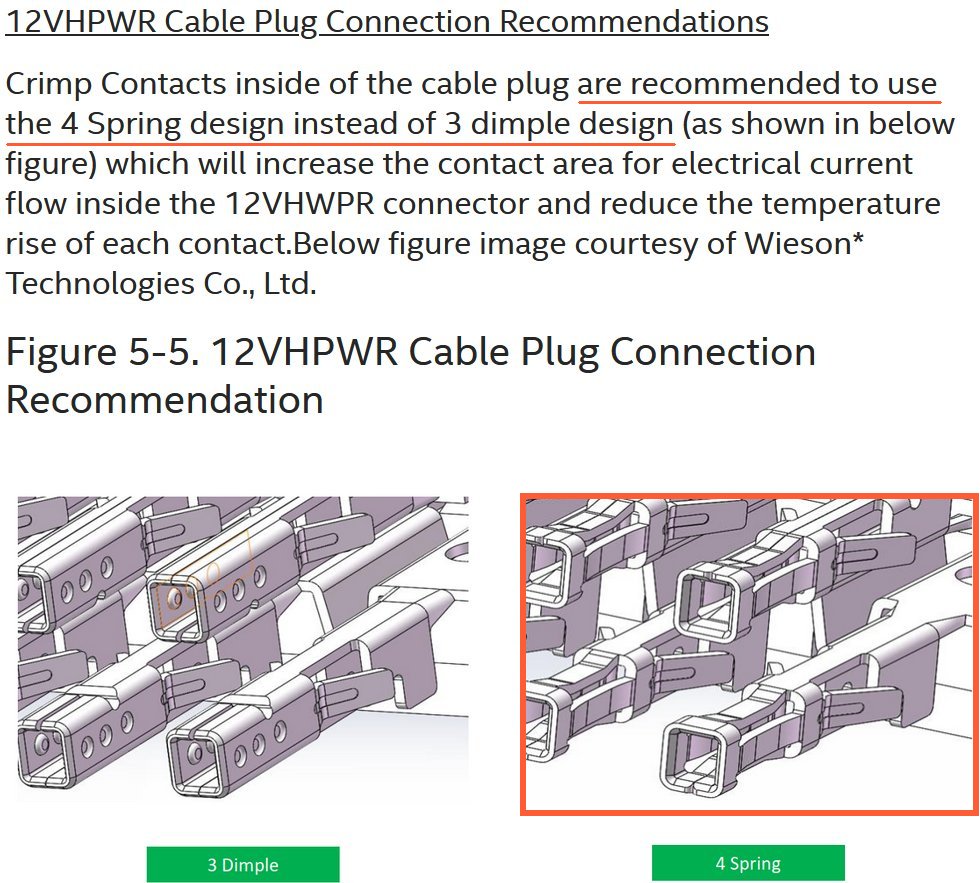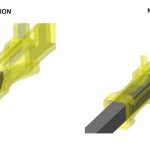Yes, it took a long time, and improvements were also constantly being made to the adapters, which then proved their worth in the long-term test. One must not forget that the topic with the rather hot 12VHPWR connections is richly complex and therefore quick fixes of any kind are completely forbidden. Of course, you could have just soldered a few components onto a board and hoped nothing would go wrong. The only thing is that this is neither sustainable nor fair to the buyers. And you can ruin your reputation to boot.

In the meantime, testing, screwing, soldering, modifying, experimenting with pads and re-testing have also been carried out here in the lab – until now the final Go! was issued for mass production. Why this all took so long will also be shown in another article, which namely also addresses an inadequacy of the current PCB designs. Regardless of whether AMD or NVIDIA, the problem is identical, except that the RTX 4090 FE can also squeeze out 600 watts. And that’s exactly when things can get critical. But since it is a bit more complex, there will be a follow-up on this. Today I’ll first introduce you to the plug, which is already quite sufficient for a single article in terms of content.

We see the four basic shapes of the adapters, with two versions each as 90° and 180° versions. The difference is only in the rotation or positioning of the connector, depending on the graphics card model and the desired installation direction. You can see the gold, silver, white and black color variants as prototypes in the first picture. Blue, pink, red and other color variations are also available(see homepage). The fact that my plugs already show various battle scars in the meantime is due to the use and all the experiments I did with them. I would also like to preface this by saying that I was actively involved in the development and familiarization process. Therefore, for understandable reasons, I refrain from an award or affiliate links and see it more as a practical article and not as a review of an outsider. In the end, everyone can make up their own mind, especially since this is not a paid advertisement.
Contacts in NTK design follow the recommendation from the ATX 3.0 specification
The shape of the contacts has been investigated for a long time, also by NVIDIA (together with Astron) and some large PSU manufacturers. As of February 2023, it is now also official that the “Dimple” design used by Astron is not recommended, but the “Tulip” or “4-Spring” design preferred by NTK. Larger contact area for higher currents and lower contact resistances with lower temperatures as a result. This can also be read at Intel, but I have copied out the most important part. By the way, clicking on the image will take you to the source (Intel) in a new tab/window:

In detail, it looks like this (internal slides from NVIDIA):
And I’ll spoil it already: CableMod uses only connectors in “4 Spring” design for the adapters, which has proven to be very advantageous, especially since the supplier of the connectors has also further optimized the terminal. But you can read about that in the details on the next page.


































568 Antworten
Kommentar
Lade neue Kommentare
Urgestein
1
Urgestein
Mitglied
Veteran
Urgestein
Mitglied
Urgestein
1
Urgestein
Veteran
Urgestein
Veteran
Urgestein
Urgestein
1
Veteran
Mitglied
Mitglied
Alle Kommentare lesen unter igor´sLAB Community →